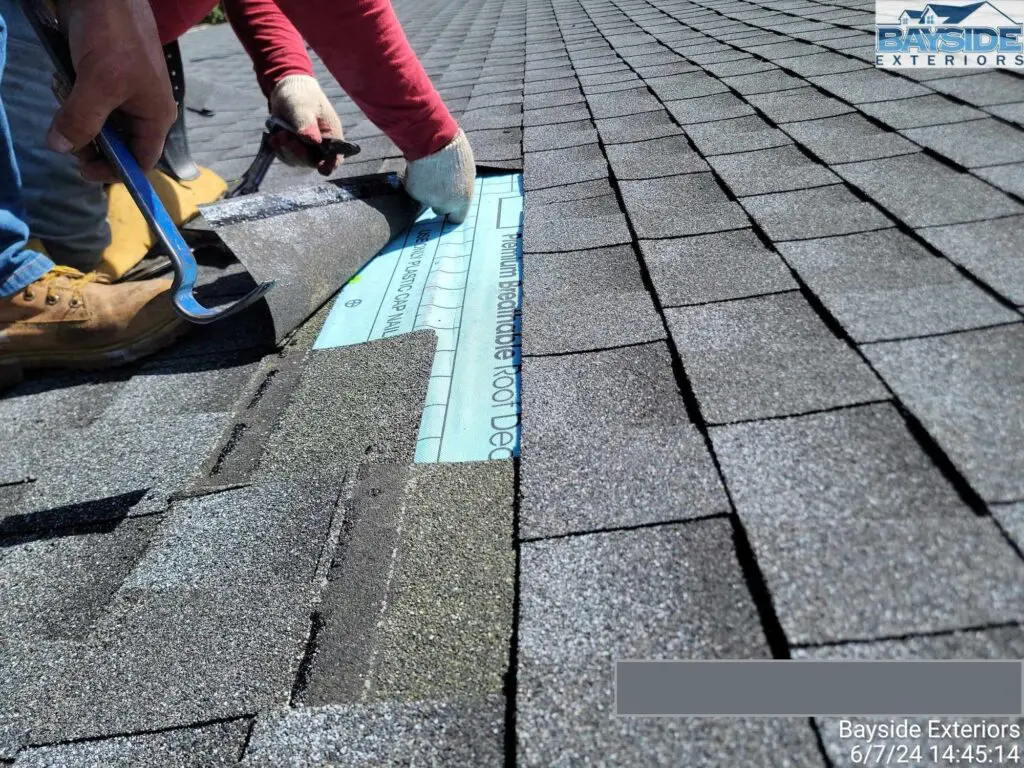Why do we use roofing underlayment?

Most roofing systems in the western world are a two-part roofing system. The two main components that make of a roof are the product itself and the underlayment. The three functions of underlayment are to protect the roof during installation, protect the home if the main material blows off and to protect the roof from extreme weather events like ice damming or wind driven rain.
Underlayment During Installation
You install underlayment on a new construction project or after an old roof has been removed. First a leak barrier material is installed in the valleys, eaves and other areas that are vulnerable to water leaks. Next, the standard underlayment is installed on the rest of the roof. Once the underlayment is installed, the roof is relatively watertight, and the installation of the principal roofing material can begin.
Underlayment During Extreme Weather
Because shingles are a water-shedding system and not a water-proof system, underlayment plays a key role in protecting the roof. When gutters fill up with ice and snow, water will back up under the shingles. In this case, it is crucial to have a leak barrier installed on the eaves of the home to prevent a leak. Having leak barrier installed around the perimeter of the roof keeps water from entering due to wind driven rain.
Underlayment After Extreme Weather
During high winds, shingles can blow off the roof. When underlayment is present, the home is not exposed. The underlayment will help prevent water leaks until the damage can be tarped or repaired. Synthetic underlayment is stronger and less likely to rip under robust winds.
What Underlayment is Correct For Your Home
Most underlayment is either organic felt or a synthetic underlayment. There are many different varieties to each of these two groups and all have their own advantages. Some underlayment is thicker, more breathable or more resilient to high heat. If you have questions about what underlayment is correct for your home call Bayside Exteriors today.
